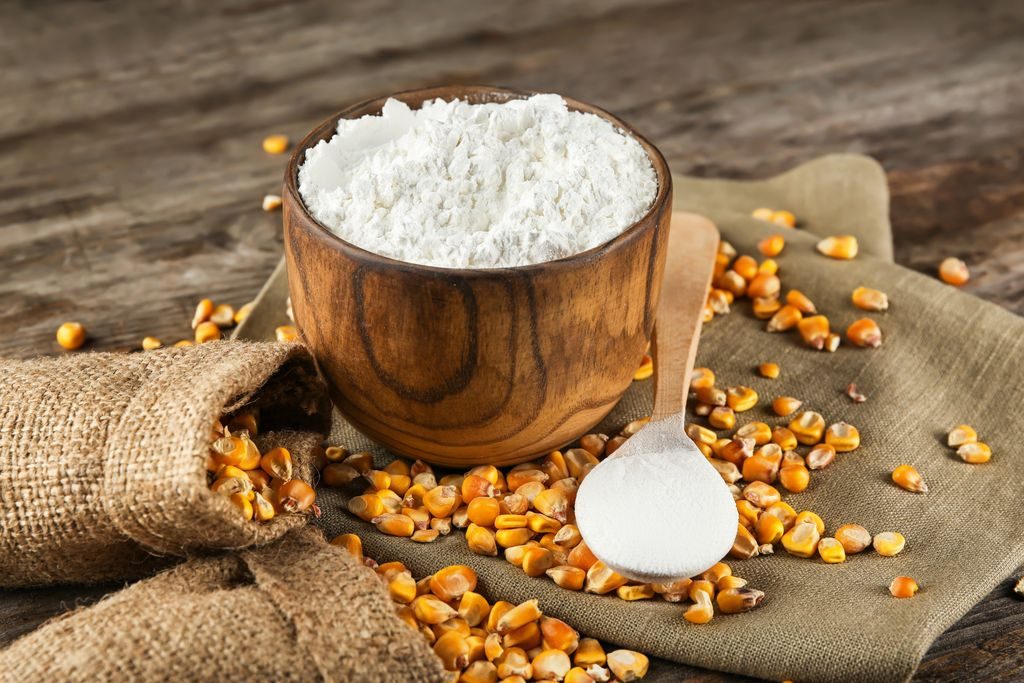Cornflour
Cornflour is also called corn starch and serves to thicken both sweet and savoury liquid doughs such as creams, sauces and soups.

Cornflour, also known as corn starch, is a product of corn processing, obtained by grinding the inside of the beans. It looks like an impalpable light-coloured powder and, once mixed with other ingredients and heated, it thickens becoming a sort of jelly, excellent for giving texture to liquid mixtures.
Cornflour in the kitchen
Cornflour is an excellent thickener, for this reason, it is widely used to give consistency to sweet creams such as custard and puddings, or savoury preparations such as sauces and soups. It can be used as a substitute for eggs in recipes that provide them: one egg is equivalent to two tablespoons of cornstarch.
Given its properties, cornflour is also useful for binding doughs of cakes and sweets to make them softer.
Differences between cornflour, corn flour and starch
Similar in ingredients and functions, but only in appearance: there is a difference between cornflour and corn flour, just as cornflour and potato starch are different. In the first case, these are two ingredients obtained from the same raw material, corn, but with different processing: the cornflour comes from the wet grinding of the internal part (endosperm) of the corn kernels, the corn flour instead is obtained by dry grinding whole corn and has a much thicker grain. It is not difficult to find recipes where cornflour can be replaced with starch and vice versa: the latter, however, derives from the dry extraction of starch from potatoes and has a more intense thickening power. Potato starch is therefore used for thick doughs, while corn starch is preferable for more fluid ones.
Nutritional values of cornflour
Cornflour is gluten-free: it means it can be added as an ingredient in recipes for those suffering from celiac disease. The caloric content of cornflour, being mainly composed of carbohydrates, is very high: we are talking about 381 kcal per 100 grams of product.




